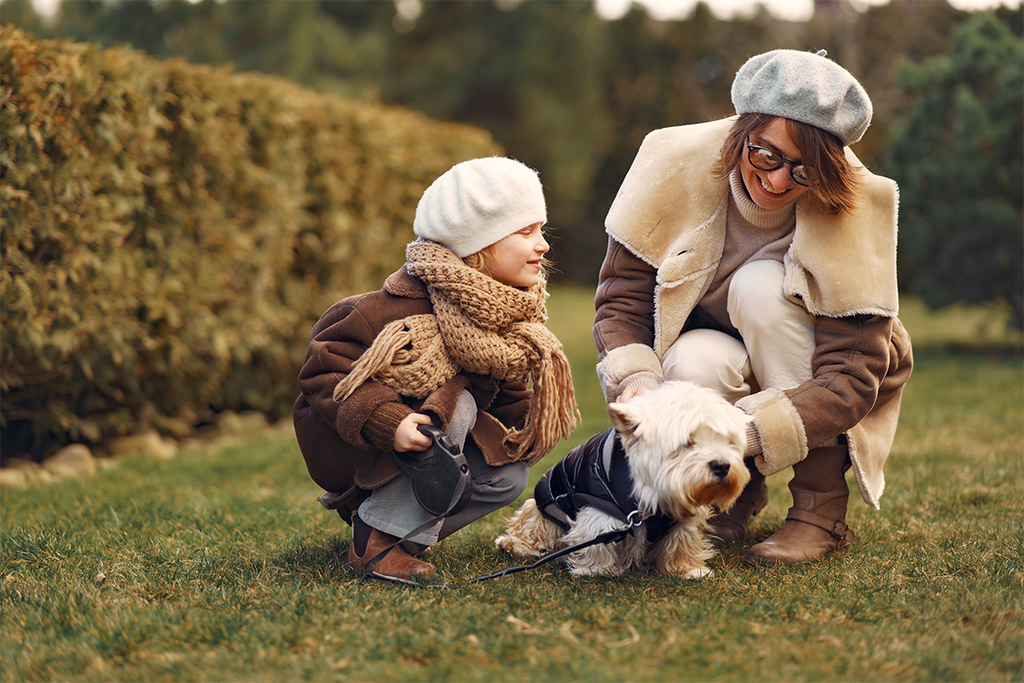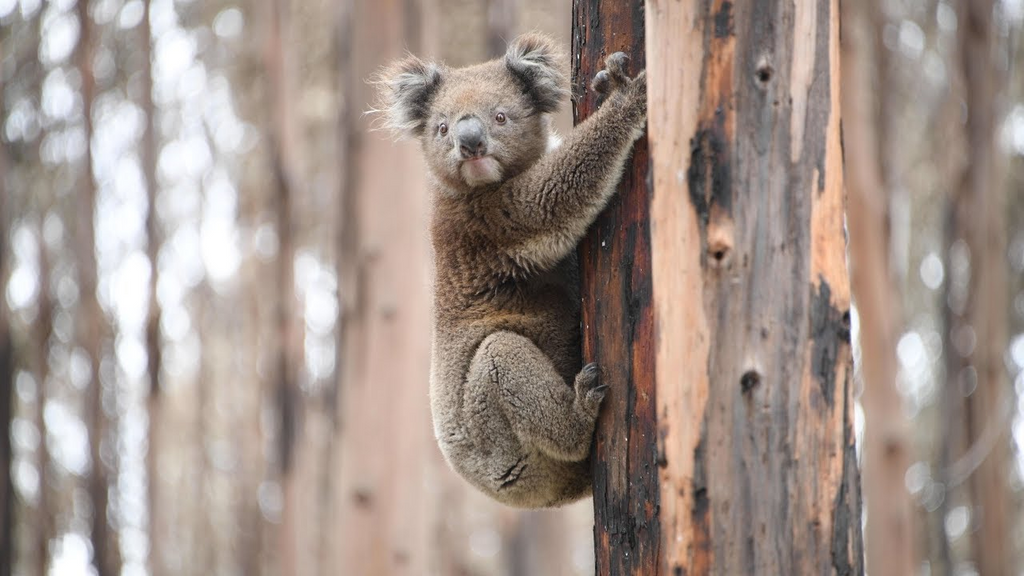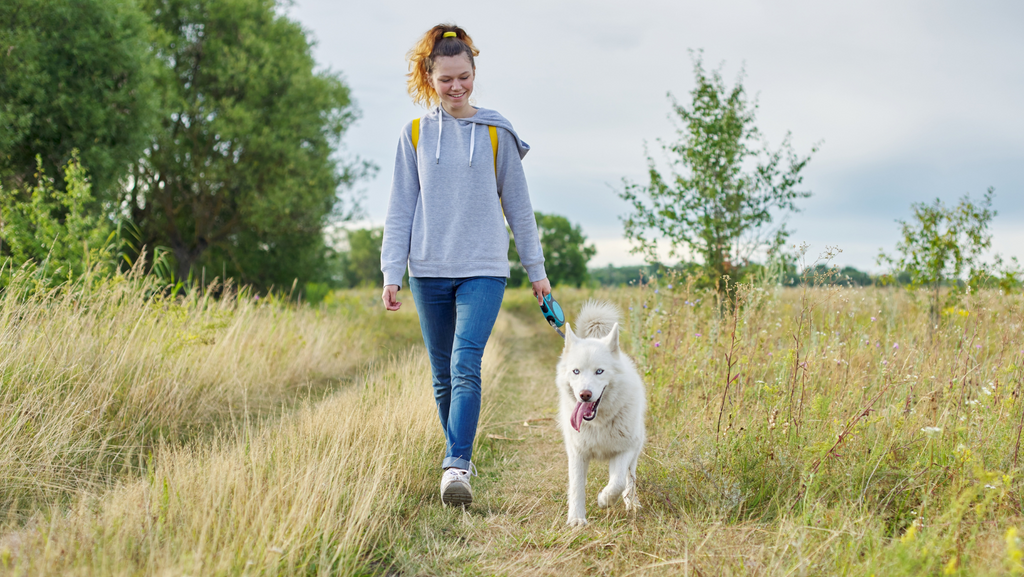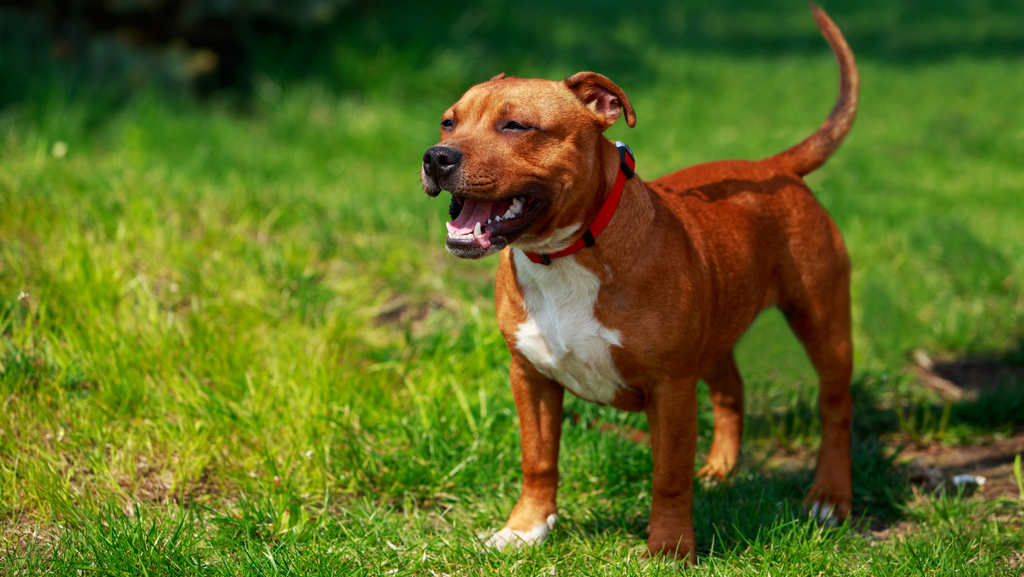Dog Reactivity: How to Train Your Dog to Be Less Reactive
Everyone wants the perfect dog–the one that is friendly to others, yet is still protective. You don’t want your furry pal barking viciously at other dogs as you go for a relaxed walk or threatening every guest that comes to your home. So, if you have a reactive dog that isn’t always on their best behaviour, here are some suggestions that might just help.
Why Help Your Reactive Dog Overcome Their Challenges
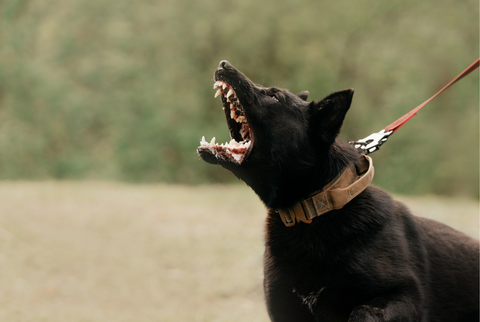
When your dog encounters a “trigger,” it can turn on their fight or flight reaction. It can be embarrassing to you, and it can also be dangerous to your doggo and others. Don’t blame yourself and don’t blame your furry companion, but you do need to work with your doggo to minimise their reactivity to their trigger or triggers.
Over time, your dog will begin behaving better and acting less fearful. This will improve your quality of life and your dog's quality of life, too!
What Is Dog Reactivity AKA Growly Dog Syndrome
Reactivity is your dog’s natural reaction to a variety of stimuli–some dogs are more susceptible to them than others. Most of the time triggers are caused by fear, but they can also be caused by too much excitement. You need to be patient with your pooch, and begin the slow process of teaching that there are other ways to react to their triggers.
Signs of Reactivity
You need to become aware of signals that your dog will send when they are about to react, things like:
- Bared teeth
- Barking
- Bolting
- Cowering
- Crouching
- Growling
- Hiding
- Lunging
- Lying down
- Muscle tensing
- Nipping
- Raised hair
- Refusing to move
- Tail between their legs
- Whining
If you notice some of these signs, you know that your dog has encountered one of their triggers. They either feel threatened or they are overly excited about something.
Things that Cause Reactivity
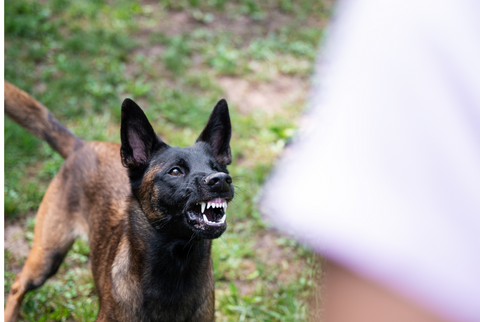
There are many things that might prompt your dog to react, so it is important for you to closely monitor your doggo and see what is affecting them.
Common Triggers
There are many possible triggers, and here is a list of the most common:
- Animals, large and small
- Bikes
- Dogs
- Motor vehicles
- New people
- Scooters
- Skateboards
If your dog has problems with reactivity, note their behavior and try to identify the triggers that get them into their fight or flight mode.
Genetics
Sometimes, dogs are reactive, at least in part, because of their genetics, breeds that tend to be reactive are:
- Australian Shepherds
- Belgian Malinois
- Bichon Frise
- Border Collies
- Boston Terriers
- Boxers
- Chihuahuas
- Chow Chows
- Dachshunds
- English Bulldogs
- Fox Terriers
- Irish Setters
- Pekinese
- Poodles
- Pugs
- Rottweilers
- Shetland Sheepdogs
- Shih Tzus
- Weimaraners
- Yorkshire Terriers
So if you have one of these breeds, observe them closely–the sooner you start working with them, the better.
Past Experiences
Past experiences can also cause reactivity. Traumatic events when young, like mistreatment, being attacked by another dog or another animal can cause reactivity, and many similar situations can trigger that response.
Lack of Early Socialisation
Puppies are naturally more reactive than older dogs. So it is very important to socialise them while they are still pups. The more they are around other dogs, the better. Let them socialize at dog parks or while you are out walking.
Socialise them to people too–large and small, old and young, male and female.
Pain
Dogs, just like people, can be more aggressive when in pain. So if you have an older dog that shows signs of reactivity, check to make sure that they are in good health and are not dealing with pain.
Guarding their Food, Territory or People
Dogs can be possessive when it comes to their food, their space and their humans. These are three triggers that are easy to identify. Some dogs are more possessive than others, so if they feel that the things that they love and need are under threat, they can get aggressive.
It is important to learn your dog's triggers and do your best to minimise contact with them and help them to adapt their behavior around their triggers, too.
Reactive Dog Training: Things You Can Do to Minimise and Manage Your Growly Dog
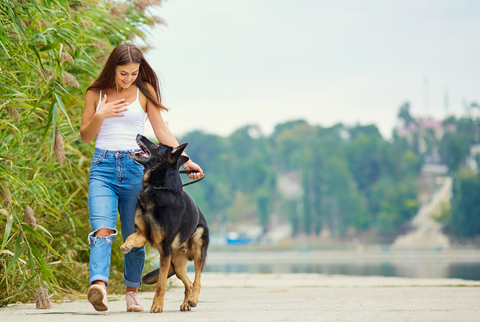
Study how to modify your dog’s behaviour, create a plan, then stick to it. The most important thing is to be consistent–your doggo won’t learn anything if you give them mixed signals.
Reward Good Behaviour
First, use positive reinforcement. Praise and treats work much better than punishment–punishing doesn’t affect the underlying cause of the behaviour and might even make it worse.
Body Language
The first think you need to do is determine what triggers this behaviour, and if you pay attention to your furry pal, you will quickly notice some of the signs, like:
- Closed mouth
- Dilated pupils
- Ears moved forward
- Head raised above their shoulders
- Lean away or back
- Panting
- Raised hair on their back
- Short, rapid movements of the tail
- Tail lowered
- Tail raised above their back
- Trembling
When you notice some of these signs, identify the trigger, and do your best to distract your dog or lead them away from the perceived threat.
Good Lead Training
While out for your walks, it is important to have control of your dog. They should not be constantly tugging on the lead. When they identify a trigger, do your best to keep them from barking or lunging. Distract them, and lead them away from the trigger. Then give them a wonderful treat to reward their good behaviour.
Avoid Situations that Trigger Your Dog’s Reactivity
As you and your doggo are out and about, note places that cause your dog to react and do your best to avoid those situations. As you approach one of these places, see how close you need to be before your dog begins to react. Keep them outside of that distance, and give them a treat as you walk away.
They learn best when they are aware of the trigger but they are below their threshold level. Practice this often, and with a little luck, they will become accustomed to the trigger and become less sensitive to it.
Manage Their Reactivity
It isn’t likely that you can do away with your dog's triggers, but if you can be observant and proactive, you can minimise them. Things that you can try are:
- Using a short lead will help you control your doggo when they encounter a trigger
- Minimise the contact with triggers as your dog is learning not to react
- Get between your dog and the cause once they notice the trigger, then calmly lead them away from the situation
- Let them play in open spaces while on a long lead–this allows them to enjoy themselves and burn energy in a relaxed way in a non-threatening environment
- Use baby steps–first reward them when they are approaching a trigger, then reward them for looking at a trigger, and finally give them a reward when they disengage from a trigger
Small Goals Are Important with Other Dogs
When you are out walking, make sure that your dog is relaxed enough to eat treats, if not, rewarding them will not work. They also need to be able to follow basic obedience training when they see another dog.
- Try to take them for their normal walk around the neighborhood and note how many times they react to another dog.
- Then try to reduce the number of times that they react to other dogs.
- Work with them to not react to a dog being within 50 m.
- Build that to being unreactive to dogs within 25.
- Then hopefully, they will not react to dogs at all.
Strive for slow, steady progress!
Make Sure That They Feel Safe
Many triggers come from your dog feeling threatened. Do all that you can to make them feel safe. Talk to them in a calm, soothing voice constantly as you walk. Give them plenty of physical contact–petting, scratching, rubbing, etc. And don’t forget those tasty, low calorie treats!
When All Else Fails…
Or maybe as a good place to start, contact a trainer. They can give you and your dog group lessons or you can hire them for individual sessions. Just remember that they will be training you as much as your dog because you are the one that needs to help them avoid and adjust to their triggers.
Give Your Reactive Dog Plenty of Time
Remember back to the day when you decided to add a furry bit of fun to your life? Well, you need to make sure that you are giving your dog all the love and attention that you can. This will help them feel more confident and they will be less likely to overreact to their triggers.
Just make sure to remain patient with your furever friend, and together you will both get to live your best lives for many years to come.
